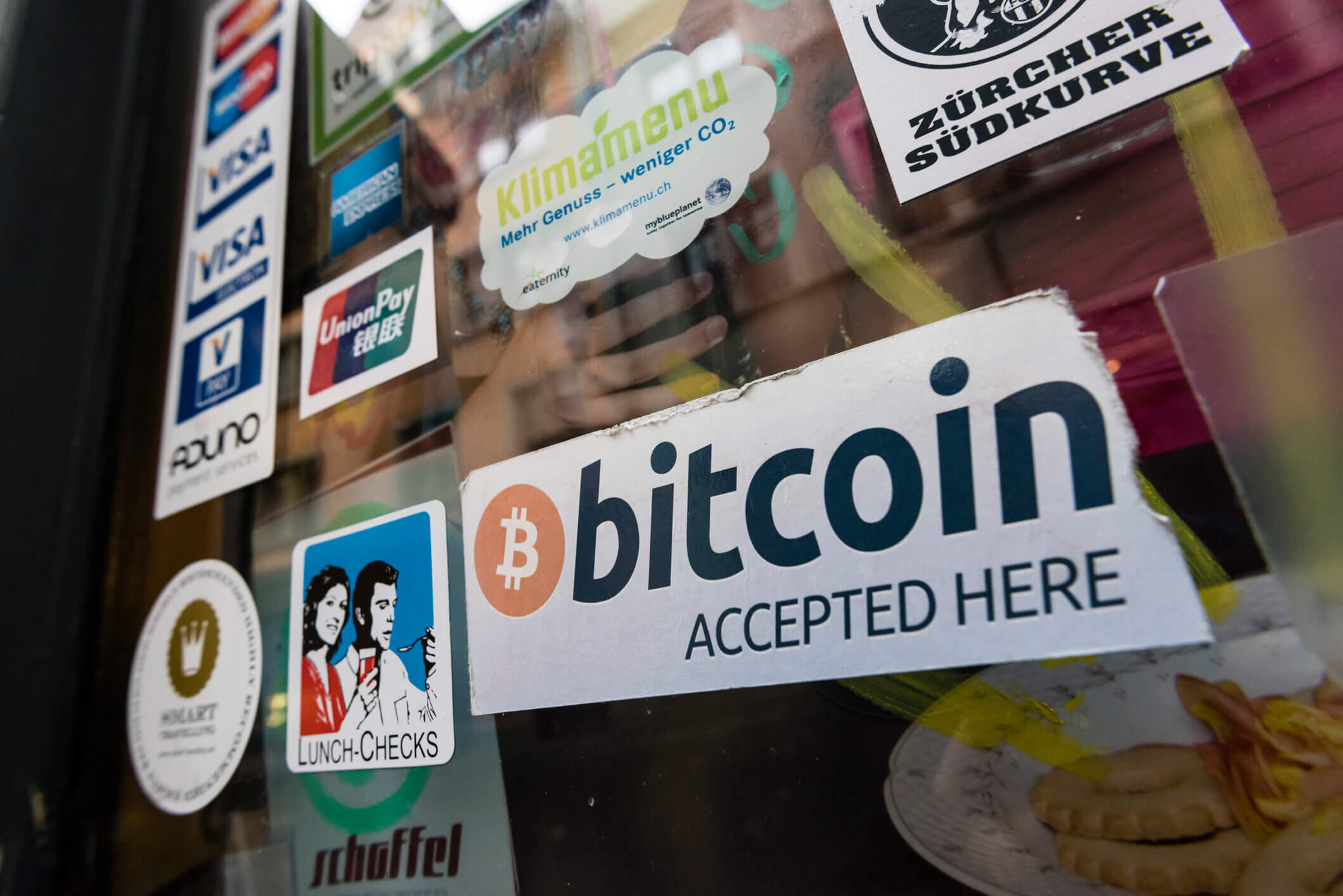
Removing The “Block” in Blockchain Adoption: New Solutions Can Pave The Way

When Satoshi Nakamoto first published his Bitcoin white paper in 2009, the world expected its first cryptocurrency to radically transform our day-to-day transactions. But it didn’t. Not even a decade later, today.
One reason lay in the underlying technology powering the revolutionary blockchain. While blockchain offered unprecedented transparency, security, and traceability that businesses can only benefit from, it was flawed. One decade after attracting considerable attention from various sectors, the technology still could not cope with the sheer transaction volume being processed in today’s financial world.
Without resolving these issues, blockchain cannot benefit key industries such as FinTech which must keep pace with urgent consumer demands. The good news is that new solutions are being developed as we speak which may allow blockchain performance to one day supersede traditional payment methods.
How can blockchain scale faster to meet demand?
The financial services sector remains the leading industry to utilise blockchain technology, leveraging its decentralised and trust-free nature to meet changing consumer demands. Global adoption of blockchain in Fintech is expected to reach a market size of USD 1201.2 million by 2025, with a Compound Annual Growth Rate of 40.8% in these five years.
While the projected numbers look promising, blockchain’s growth potential is heavily limited by its processing speed. For comparison, Bitcoin processes a measly 4.6 transactions per second whereas Visa handles about 1700 transactions per second or 150 million transactions daily. The biggest obstacle to making blockchain adoption worthwhile for most businesses are its intrinsic design characteristics, such as block size and block time. For blockchain scalability to match current transaction processing providers, simply increasing block sizes or decreasing block times do not suffice either.
Can new solutions save blockchain?
Numerous technical solutions have been developed in the past three years to address these issues, and can be classified under two broad forms: ‘on-chain’ and ‘non-on-chain’ techniques. On-chain techniques focus on improving the main chain to improve scalability, where modifications are conducted within the blockchain per se. On the other hand, non-on-chain methods aim to shift some burden off the main chain, onto an off-chain platform instead.
Both techniques are highly effective in improving blockchain latency and throughput in processing transactions. With the industry pushing for mass adoption of blockchain, these inventions have seen astounding growth (at 73.4% and 100.6% respectively) over the past three years alone, according to patent data.
Consensus is one of the major causes adversely affecting the scalability of blockchain. As blockchain relies on the consensus made by a network of computers to verify a transaction, efforts are concentrated on developing consensus mechanisms to improve blockchain scalability. More than half of all blockchain techniques developed relate to consensus mechanisms – where leading digital players like Alibaba, Tencent, and IBM, as well as blockchain startups like ReeChain and Hangzhou Fuzamei Technology all have skin in the game.
Beyond consensus mechanisms, alternative on-chain and non-on-chain techniques are also being explored to improve blockchain scalability. Particularly, non-on-chain techniques dominate this space and are growing at a much faster rate as they are essential for blockchain to be cost-efficient, making it a suitable candidate for the next push towards mass blockchain adoption.
Interestingly, payment channels, a non-on-chain technique, also act as supplements to blockchain and have attracted great attention in academic research. There is growing industry interest in exploring this as a head start for blockchain developers to establish or strengthen their presence, without competition from technology giants.
Blockchain’s future hinges on mass adoption
From industry players to academics, blockchain’s untapped potential continues to hold our interest. Blockchain’s new solutions spell hope that its performance and costs-efficiency can one day match up with our industries’ needs. But it needs to move fast for mass adoption, or face the prospect that blockchain might simply be another buzzword, forgotten in the next decade.



Book a complimentary chat with us to learn how you can leverage on your IP.
Book IA Chat Session


